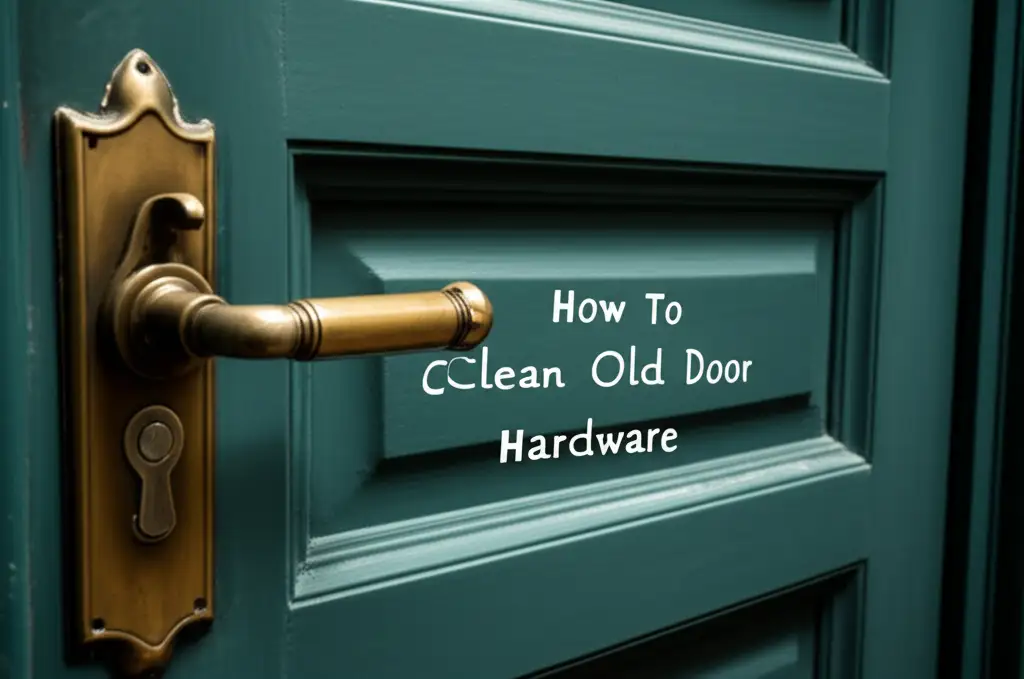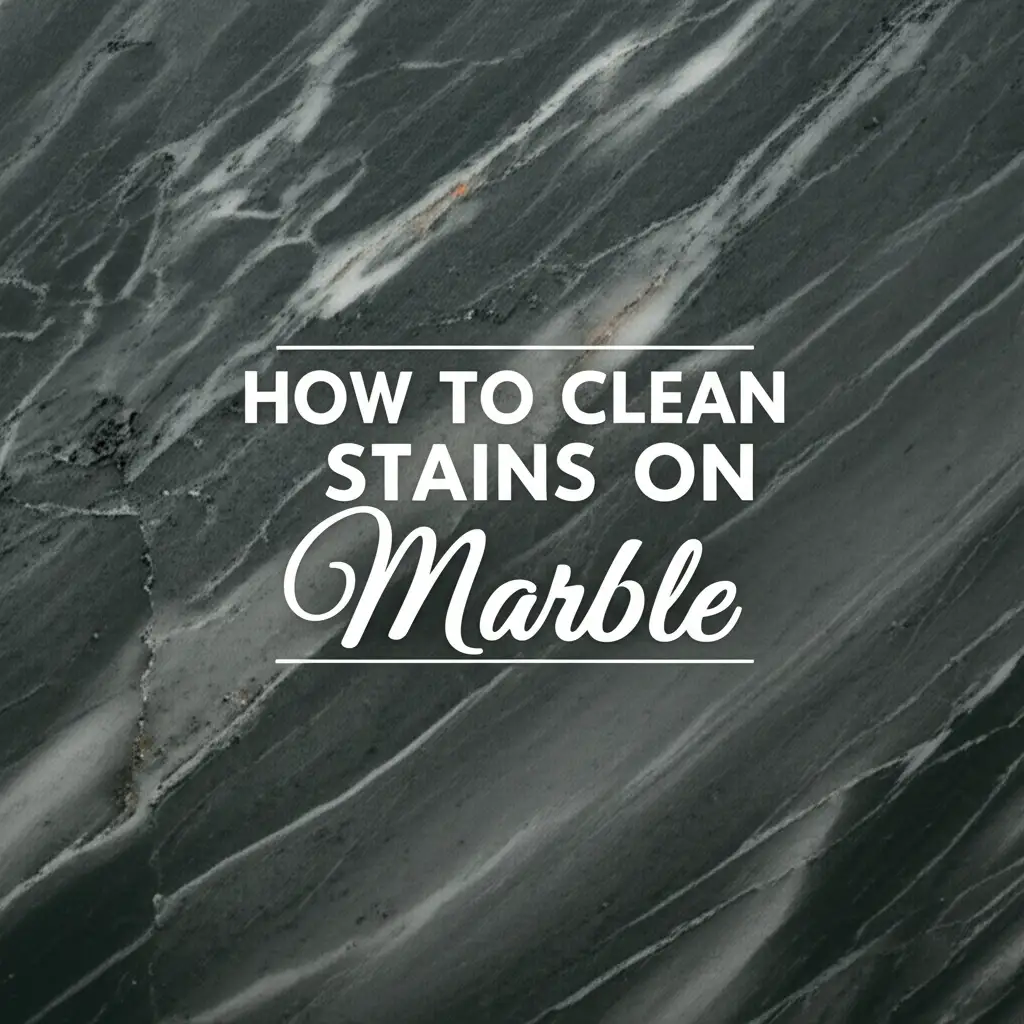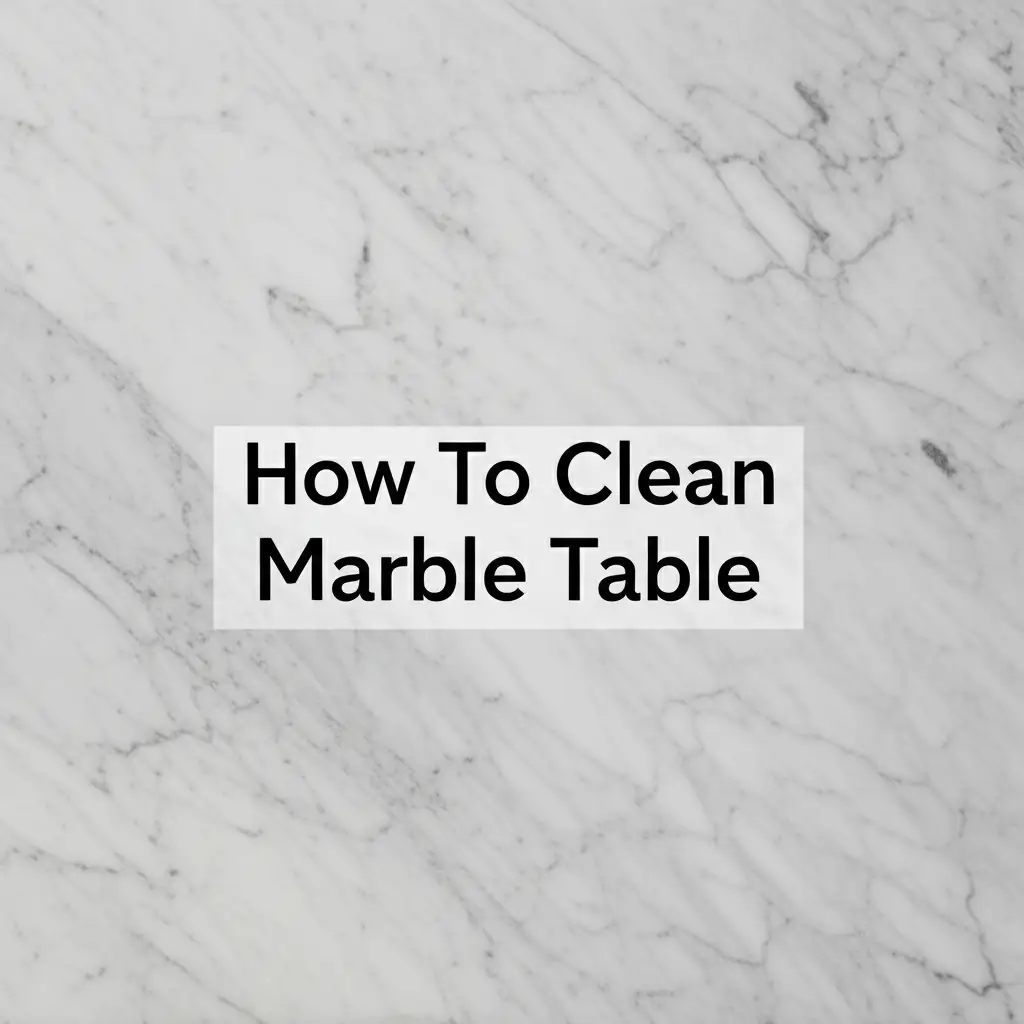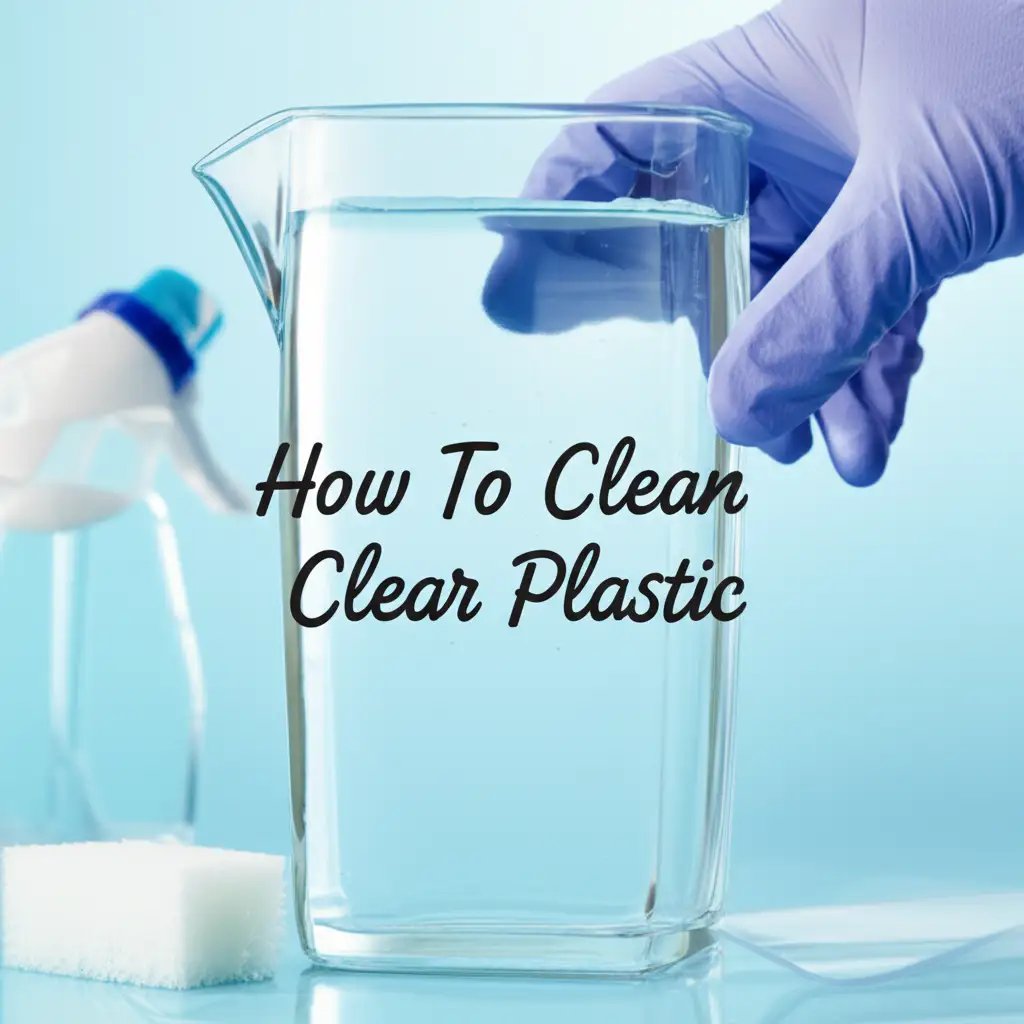· Home Care · 11 min read
How To Clean Porcelain Figurines
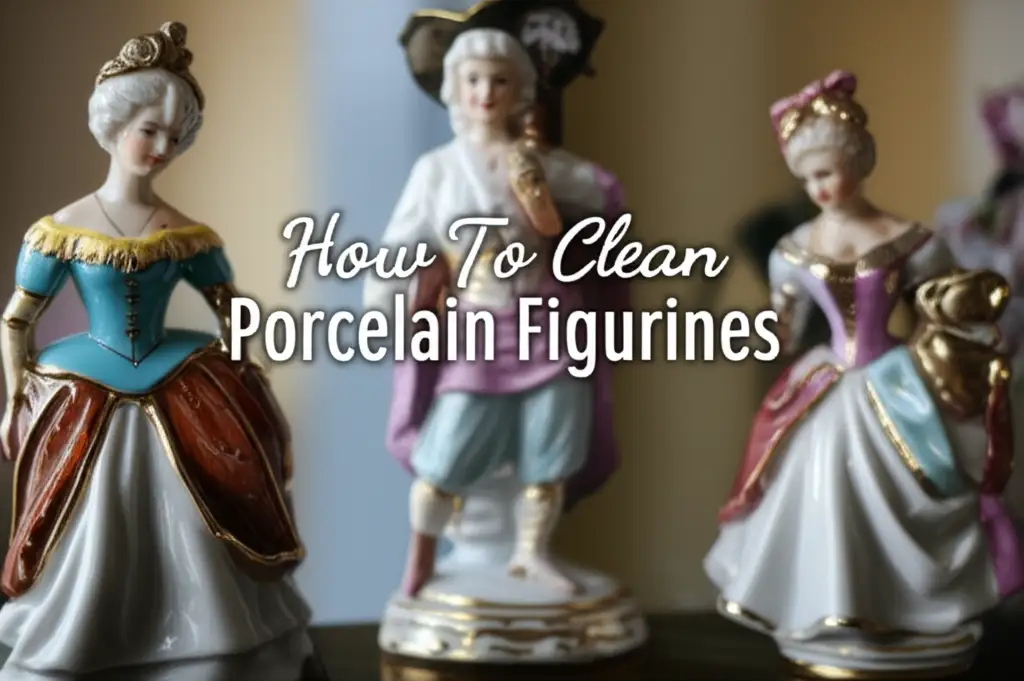
Clean Porcelain Figurines Safely and Effectively
Do you love your porcelain figurines? These delicate pieces add beauty to any home. Over time, dust and dirt can dim their sparkle. Cleaning them requires a gentle touch. You want to protect their fragile details. This guide teaches you how to clean porcelain figurines correctly. We will cover basic dusting, wet cleaning, and stain removal. You will learn special care for different porcelain types. I will share tips to keep your treasured pieces looking their best. Let’s make your figurines shine again.
Takeaway:
- Always test cleaning methods on an inconspicuous area first.
- Use soft brushes and cloths to avoid scratching delicate surfaces.
- Distilled water and mild soap are generally safe for glazed porcelain.
- Avoid harsh chemicals or abrasive cleaners on any figurine.
- Allow figurines to air dry completely on a soft cloth.
Cleaning porcelain figurines involves gentle dusting with a soft brush, followed by careful washing with lukewarm distilled water and a few drops of mild dish soap for glazed pieces. Rinse thoroughly and air dry on a soft towel. Always test any method on a hidden spot first to prevent damage.
Understanding Your Porcelain Figurines
Before you begin cleaning, understand your figurine. Different types of porcelain need different care. Knowing your figurine’s material helps prevent damage. This step is crucial for safe cleaning.
Most figurines are either glazed or unglazed. Glazed porcelain has a shiny, smooth finish. This glaze acts as a protective layer. It makes the surface less porous. Unglazed porcelain, often called bisque, feels matte and slightly rough. This material is more porous. It absorbs dirt and liquids more easily. Damage like cracks or chips also affects cleaning. Water can seep into cracks. This can cause further damage. Old repairs might also be fragile. They need extra care during cleaning. Examine your figurine closely. Look for any visible damage. Note if it is glazed or unglazed. This prepares you for the right cleaning method.
Some figurines also have painted details. These paints can be very delicate. Overly harsh cleaning can remove or damage them. Gold leaf or other metallic accents are also common. These elements might not be as durable as the porcelain itself. Always consider these added decorations. They often require the gentlest touch. Knowing these characteristics helps you choose the safest approach. This pre-assessment protects your valuable items. It ensures your cleaning efforts are effective and harmless.
Basic Dusting Techniques for Figurines
Regular dusting keeps your figurines looking fresh. It also prevents dirt buildup. This is the first step in routine care. Start with the gentlest methods.
A soft, natural-bristle brush works well for dusting. Makeup brushes or artist brushes are good choices. Use a gentle sweeping motion. Brush dust away from the figurine. Work slowly over the entire surface. Pay attention to crevices and tiny details. Dust can collect in these hidden spots. For very delicate pieces, a soft camel-hair brush is ideal. It will not scratch the surface.
You can also use a soft, lint-free cloth. Microfiber cloths are excellent. They capture dust effectively. Lightly wipe the figurine’s surface. Do not press hard. Avoid rubbing vigorously. This can push dust into the surface. It might also cause tiny scratches. For intricate areas, a can of compressed air is an option. Hold the can upright. Use short bursts of air. Keep a safe distance from the figurine. Never turn the can upside down. This can release propellant. The propellant can harm the surface. Always check the manufacturer’s instructions for safe use. These simple dusting methods keep most figurines clean. They prevent the need for more intensive cleaning. Regular care is the best way to maintain their beauty.
Safe Wet Cleaning for Glazed Porcelain
Sometimes, dusting is not enough. Glazed porcelain may need a wet bath. This method removes grime and sticky residue. It brings back the original luster.
First, gather your supplies. You will need two clean basins. One basin is for washing, the other for rinsing. Use lukewarm distilled water. Tap water contains minerals. These minerals can leave water spots or residue. Add a few drops of mild dish soap to the wash basin. Choose a soap free of dyes or strong perfumes. I find a gentle, clear dish soap works best. Place a soft towel at the bottom of both basins. This protects the figurine from bumps. It also provides a soft landing. Handle the figurine by its base. Avoid gripping delicate parts. They might break under pressure.
Gently lower the figurine into the wash basin. Let it soak for a few minutes. This softens the dirt. Use a soft cloth or a very soft brush to clean. Gently wipe the surface. Pay attention to soiled areas. Do not scrub hard. For stubborn spots, let it soak a bit longer. Once clean, transfer the figurine to the rinse basin. Rinse it thoroughly with clean distilled water. Ensure all soap residue is gone. Soap left behind can attract more dirt. This process will safely refresh your glazed pieces. Proper rinsing is key to a streak-free finish.
Tackling Stubborn Stains and Discoloration
Some porcelain figurines develop stubborn stains. These can include yellowing, nicotine stains, or grime. You need careful methods for these issues. Strong chemicals can damage porcelain. Always start with the mildest approach.
For light discoloration, a paste of baking soda and distilled water can work. Mix a small amount of baking soda with water. Create a thick paste. Apply this paste to the stained area. Use a cotton swab or a very soft cloth. Gently dab the paste onto the stain. Let it sit for a short time. Five to ten minutes is usually enough. Then, gently wipe it away with a damp cloth. Rinse the area thoroughly with clean water. Make sure no baking soda remains. This method is mildly abrasive. Use it with extreme caution. Always test it on an inconspicuous spot first. This helps prevent damage to the figurine’s finish or paint.
For more persistent yellowing or nicotine stains, a very dilute solution of hydrogen peroxide might be considered. Mix one part 3% hydrogen peroxide with ten parts distilled water. Apply this solution with a cotton swab. Dab only on the stained area. Do not let it sit for long periods. Rinse quickly and completely. This method carries more risk. It can affect painted details. I would only use this as a last resort. If you need to clean with a mild acid, like for calcium deposits, consider a very diluted white vinegar solution. For tips on using vinegar for general cleaning, you might find this article useful: how to clean shower with vinegar. Another common use of vinegar is on glass surfaces, which also require a streak-free finish, similar to porcelain: how to clean glass with vinegar. Always remember, less is more when dealing with delicate porcelain.
Cleaning Unglazed and Bisque Porcelain
Unglazed, or bisque, porcelain needs special care. Its porous surface absorbs dirt easily. It also stains more readily. You cannot wet clean it in the same way as glazed pieces. This type of porcelain requires extra caution.
Begin with dry cleaning methods. Use a very soft brush, like a clean makeup brush, to dust the surface. Gently brush away any loose dirt. A soft art gum eraser can also help with surface marks. Lightly rub the eraser over the mark. Do not press hard. The eraser will lift the dirt. Use a clean part of the eraser for each stroke. This prevents spreading dirt around. For deeper stains, you might consider a technique called “poultice.” This involves mixing an absorbent material, like fuller’s earth or kaolin clay, with a mild cleaner. Water or a very dilute hydrogen peroxide solution can be the liquid.
Create a thick paste. Apply the paste directly to the stain. Cover it with plastic wrap. Let it sit for several hours or overnight. The poultice draws the stain out of the porous surface. Once dry, gently brush off the poultice. Rinse the area carefully with a damp cloth. Use as little water as possible. Blot dry immediately. Never immerse bisque porcelain in water. It will absorb water and might swell or crack. This can also cause permanent discoloration. Always test any method on a hidden area first. Bisque porcelain is beautiful, but it is also very sensitive.
Drying and Finishing Your Porcelain Figurines
Proper drying is as important as cleaning. Incorrect drying can leave water spots or streaks. It can also weaken delicate parts. Always ensure your figurines are completely dry.
After wet cleaning, do not rub the figurine dry. This can leave lint or scratches. Instead, place the figurine on a soft, clean towel. A microfiber towel works well. Let it air dry naturally. Turn the figurine occasionally. This helps air reach all sides. It promotes even drying. For intricate areas, a soft cotton swab can help absorb excess water. Gently touch the swab to water droplets. Do not rub the surface. You can also use a small, soft paintbrush to blot water from crevices.
Ensure the figurine is completely dry before returning it to display. Any trapped moisture can lead to mold growth. It can also cause unseen damage over time. This is especially true for hollow figurines. Water trapped inside can create problems. Drying might take several hours. For larger or more complex pieces, let them dry overnight. Once dry, use a clean, dry microfiber cloth. Gently buff the surface. This restores its natural shine. This final step helps your figurines look their absolute best. They will sparkle in their place of honor.
Preventive Care and Display Tips
Keeping your porcelain figurines clean starts with prevention. Good display practices reduce the need for deep cleaning. This saves you effort and protects your valuable pieces.
Place figurines away from direct sunlight. Sunlight can fade colors over time. It can also weaken the porcelain itself. Avoid placing them near heat sources. Radiators or fireplaces create temperature fluctuations. These changes can stress the material. Choose a display location with stable temperature and humidity. Dust is the biggest enemy. Display figurines inside a closed curio cabinet. This protects them from dust accumulation. It also prevents accidental bumps. If you do not have a cabinet, regular dusting is essential. Aim to dust your figurines at least once a month.
Handle figurines by their base whenever possible. Avoid holding delicate parts like arms, legs, or floral details. These are often the weakest points. Always wash your hands before handling. Oils from your skin can transfer to the porcelain. These oils attract dust. When moving figurines, support them properly. Use both hands if the piece is large. Consider placing felt pads under the base. This prevents scratches on display surfaces. It also adds a layer of cushioning. These simple steps keep your porcelain figurines pristine. They ensure your cherished collection lasts for generations.
FAQ Section
Q1: How often should I clean my porcelain figurines?
A1: You should dust your porcelain figurines regularly, at least once a month. This prevents dirt buildup. Deeper wet cleaning is usually needed only when they show visible grime or discoloration. Frequency depends on dust levels in your home. Some pieces might only need wet cleaning once a year or less often.
Q2: Can I use harsh chemical cleaners on porcelain?
A2: No, you should never use harsh chemical cleaners, abrasive scrubbers, or strong detergents on porcelain figurines. These products can damage the delicate glaze, remove painted details, or even etch the surface. Stick to mild soap and distilled water for most cleaning.
Q3: What if my porcelain figurine has cracks or repairs?
A3: If your figurine has cracks or previous repairs, avoid wet cleaning if possible. Water can seep into cracks, causing further damage or weakening repairs. For these pieces, only use dry dusting methods. If wet cleaning is necessary, use a very lightly damp cloth and dry immediately.
Q4: Is it safe to put porcelain figurines in the dishwasher?
A4: No, never put porcelain figurines in a dishwasher. The high heat, strong detergents, and powerful water jets can easily chip, crack, or completely destroy delicate porcelain. Always hand-wash figurines with care. They are not designed for machine cleaning.
Q5: How do I remove mold or mildew from porcelain figurines?
A5: For mold or mildew, you can gently wipe the affected area with a cotton swab dipped in a very diluted solution of rubbing alcohol (70% isopropyl alcohol, mixed 1:1 with distilled water). Rinse immediately with a damp cloth. Ensure proper drying to prevent recurrence. Always test on an hidden spot first.
Conclusion
Caring for your porcelain figurines helps preserve their beauty and value. You now have the knowledge to clean porcelain figurines safely. Remember to assess your figurine first. Understand if it is glazed or unglazed. Use gentle dusting methods for routine care. When wet cleaning, choose mild soap and distilled water. Always handle these delicate items with care. Preventative measures like proper display and regular dusting are key. By following these steps, your cherished pieces will maintain their splendor for years. Keep enjoying the unique charm each figurine brings to your home. Their beauty lasts when you give them the right care.
- porcelain cleaning
- figurine care
- delicate cleaning
- collectible cleaning
- antique restoration
- dusting tips
- ceramic care
- display maintenance

